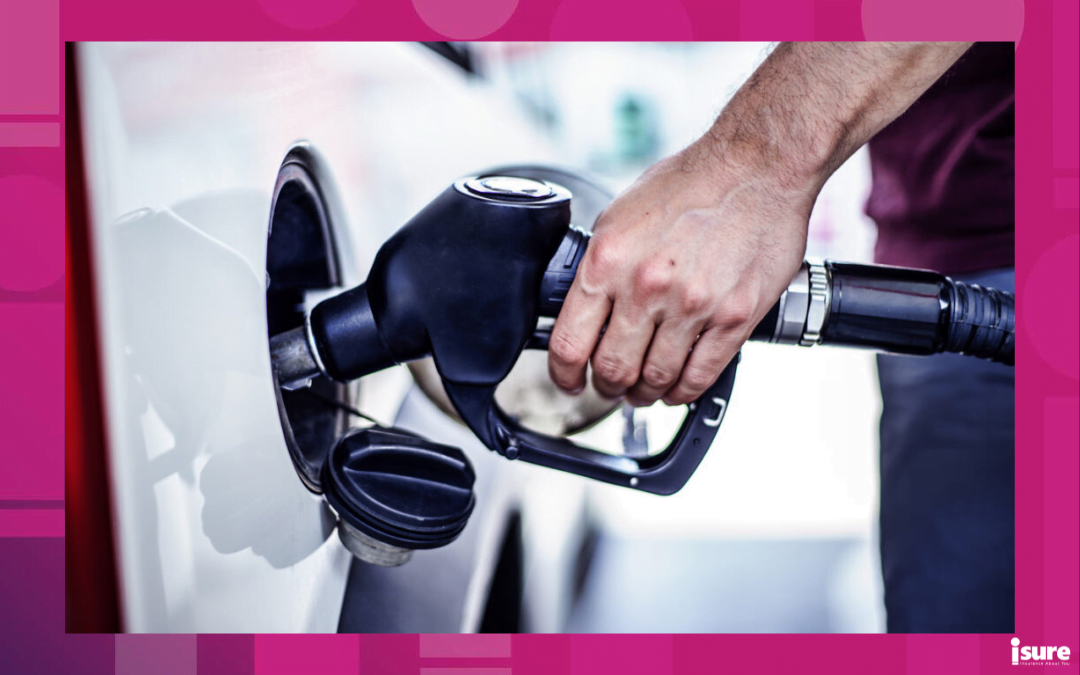Are you thinking about purchasing your first car? Or buying another one? Everybody knows how pricey a new vehicle can be, but what about the price you pay afterwards? From insurance to maintenance, the cost of upkeeping and using a vehicle can add up quickly. So, just how much do you need to afford and maintain a vehicle? Though there is no way to predict the exact cost down to the dollar, there are many things to consider. Luckily, with the help of isure, you can figure out everything there is to know when it comes to budgeting for a vehicle. Below are the main costs of owning a car:
1. Purchasing the car
To begin, we must start with the most obvious expense; purchasing the car itself. This will likely be your biggest expense during your time as a car owner, and the amount can vary greatly. Regardless of if you decide to buy new or used, it is generally advisable to put down a down payment that is 10-20% of the vehicle’s price. After your initial down payment, the cost will vary depending on the type of loan you opted for. In 2023, the average price of a used car is $39,000. So, with a down payment of $7,800 and a loan of $31,000 with a three-year term, a buyer with a positive credit rating will get an interest rate of about 6.9%. Thus, the monthly cost of that vehicle would be $958.86, not including taxes.
2. Registering your vehicle
Your first move after purchasing your new vehicle should be licensing and registering it. This makes sure you are considered the established owner of the vehicle by the government. Luckily, these payments are generally pretty cheap. In Ontario, a vehicle permit is $32 dollars, while the cost of new licence plates are $60 a year in Northern Ontario, and $120 per year in Southern Ontario. Generally, you will need to renew your registration every one or two years. Although not a major one, vehicle registration is one of the many costs of being a car owner.
3. Routine maintenance
As time goes on and you use your vehicle, you will need to consider maintenance costs. From average wear-and-tear to routine oil changes, there are many things you’ll want to consider. Generally, if your vehicle is purchased brand new from a dealership, a warranty will cover some of these expenses for the first few years or so. These warranties typically cover bumper to bumper maintenance and not so much wear-and-tear maintenance costs, such as new tires.
For most, tires are a significant part of routine maintenance. This is due to the fact that no matter how careful you are with your vehicle, your tires will wear regardless. Thus, tires are a considerable cost for most car owners. This includes regular tire rotations, as well as the seasonal switch to winter tires. In Ontario, the average cost of a tire rotation will cost you between $50 and $75, while new winter tires can retail around $150 per tire.
A good way to estimate your car’s maintenance costs is by keeping track of previous expenses. If you spend $800 a year on maintenance with your warranty, that averages out to roughly $67 a month. When your warranty ends, this means you will be paying closer to $100 a month. Keep in mind that as your car ages, your maintenance costs will also rise.
4. Fuel cost
Ask any driver you know, and they will most likely tell you that gas is one of their most significant costs of being a car owner. However, determining just how much you will pay will depend on many different factors. This includes how much you drive, the car’s fuel efficiency, the size of the vehicle you own and where you live.
The average person in Ontario will spend approximately $200 to $300 a month on gas. People who own electric vehicles will generally spend a lot less. If you want to determine how much gas you will be spending a month, you can make an estimation by checking out National Resources Canada’s fuel consumption rating tool.
5. Car insurance
This is possibly one of the biggest costs of being a car owner that will remain constant. Of course, you can’t own a vehicle with the purpose of driving it without purchasing car insurance (it’s illegal!) This is a mandatory requirement to have before you get behind the wheel of your new car.
According to Ontario law, each driver must have a basic auto policy at the very least: third-party liability coverage, direct compensation-property damage, accident benefits protection and uninsured automobile coverage. Beyond this, insurance providers offer a plethora of additional protection that can be catered to you and your needs, such as:
- Comprehensive: Comprehensive insurance covers incidents that don’t involve another vehicle. This includes natural disasters, theft, vandalism and fires.
- Collision: Collision insurance is exactly what it sounds like! It will pay for damages or losses resulting from a car accident whether you are at-fault or not. This will also help you in the event you hit an object, such as a tree or pole, or if you are involved in a hit-and-run.
Your payments are made in installments, either monthly or yearly to your insurance company. Your premium will correspond to a deductible, which is the amount you will have to pay if an accident occurs. The higher your premiums, the lower your deductible will be.
No matter what type of vehicle you own or how experienced you are as a driver, having the proper insurance coverage is key! Are you in the market for a new insurance policy, or looking to make changes to your current one? If so, contact us or request a quote today!




